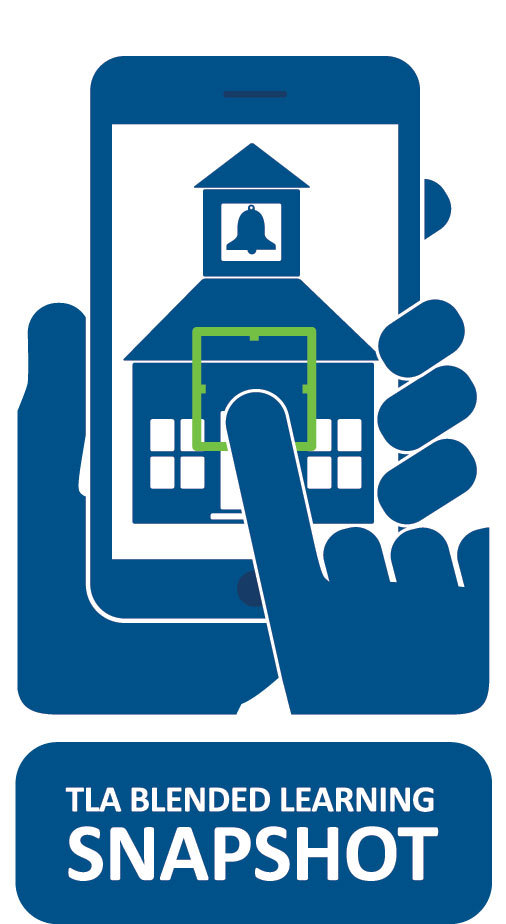
Technology purchasing at scale can be difficult. The possible pitfalls are many, and cash-strapped education institutions are generally less equipped than most to navigate the intricacies of a major purchase of devices. As the trend toward blended learning gains momentum, getting technology purchases right becomes ever more important. To do this we must learn from others’ mistakes, as well as leverage purchasing models that work. Over the past year, the mishaps have been well-publicized while the successes have often been overlooked. One such success occurred in Houston Independent School District (HISD), which has successfully purchased devices at scale and provided a roadmap for others to follow.
Houston’s technology purchase is part of its PowerUp initiative, which aims to provide a device to every high school student to better prepare them for 21st century skills and learning. HISD is one of the largest districts in the country and faces similar challenges to its peer districts. Technology is a key component of its vision for “anytime-anywhere learning” and there’s a lot to be learned from the process they used to acquire their devices. The Learning Accelerator (TLA), a contributing author to the Smart Series Guide to Edtech Procurement, found many parallels between the guide and Houston’s approach.
In the spirit of knowledge-sharing, TLA developed the TLA Blended Learning Snapshot: Edtech Procurement in Houston and extracted nine major recommendations:
1) Develop and share the vision across your district to get buy-in. The overarching goal is about expanding learning opportunities for students. Technology is merely a means to that end and the majority of the focus should remain on student opportunity.
2) Learn from the experience of districts with successful deployments. HISD leaned heavily on Mooresville, NC to develop their model and hopefully Houston will be able to pay that favor forward. The more districts that begin to purchase well, the less the burden on any individual district in sharing their methods.
3) Know exactly what you need and communicate it clearly to vendors. Vendors will commonly respond with what’s easier for them to sell, be sure to work with them to make sure it is exactly what you need. Until you are able to make apples-to-apples comparisons across all of your bids, some vendors aren’t truly meeting your needs.
4) Plan for a lengthy and iterative process in order to get the best product at the best price. Being able to compare bids in a standard format could take multiple iterations with vendors and a tight timeline makes negotiations more difficult.
5) Ensure effective communication between all departments involved. Those purchasing devices may not be those who have to install the devices, or those who have to use the devices. Develop a structure that allows for input at the right times (especially up front), as well as easy and frequent communication between departments in case anything needs to be addressed during the purchasing process.
6) Determine a single point of contact within the district to work with all of the vendors for a large purchase. This will help with coordination, ensure that at least one person is looking across all of the information, and presents a unified voice for all the departments.
7) Be consistent during the technology roll-out. A phased approach worked well for HISD, as did providing teachers with early access to the devices and training, well before students received their devices.
8) Capture best practices, iterate, and improve. HISD is only in phase one of a multi-phase roll-out. Should everything continue to go well, this purchasing process will repeat in future years. Lessons learned and challenges overcome now can help inform better practice for future phases and purchases.
9) Change take times. Not every student and teacher will be at the same level of readiness and some will take longer than others to get on board. Patience and flexibility allow for a smoother roll-out and HISD estimates a complete cultural shift taking about 5 years.
The HISD approach may not work for every district, but each district can learn from HISD’s challenges and successes. HISD provides real examples of some of the promising practices in edtech purchasing outlined in the guide, and the TLA Snapshot provides districts with detailed insight into the process HISD used and challenges it faced. There is still a lot of work that needs to be done, however, including finishing the roll-out and leveraging this technology for the betterment of students. This technology purchase is an important first-step for Houston to transform the nature of teaching and learning. By starting this process well, Houston is able to focus its energy and resources on working to improve student learning: an outcome truly worth celebrating.
Download the TLA Blended Learning Snapshot: Edtech Procurement in Houston.

